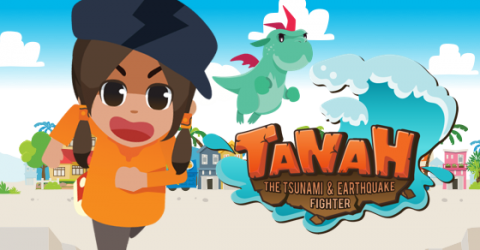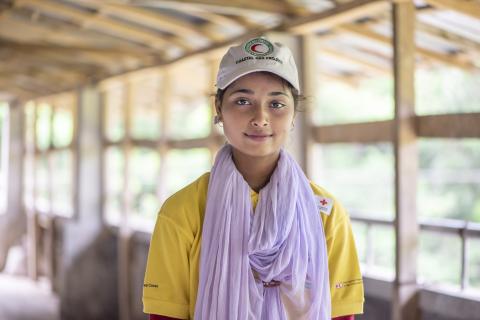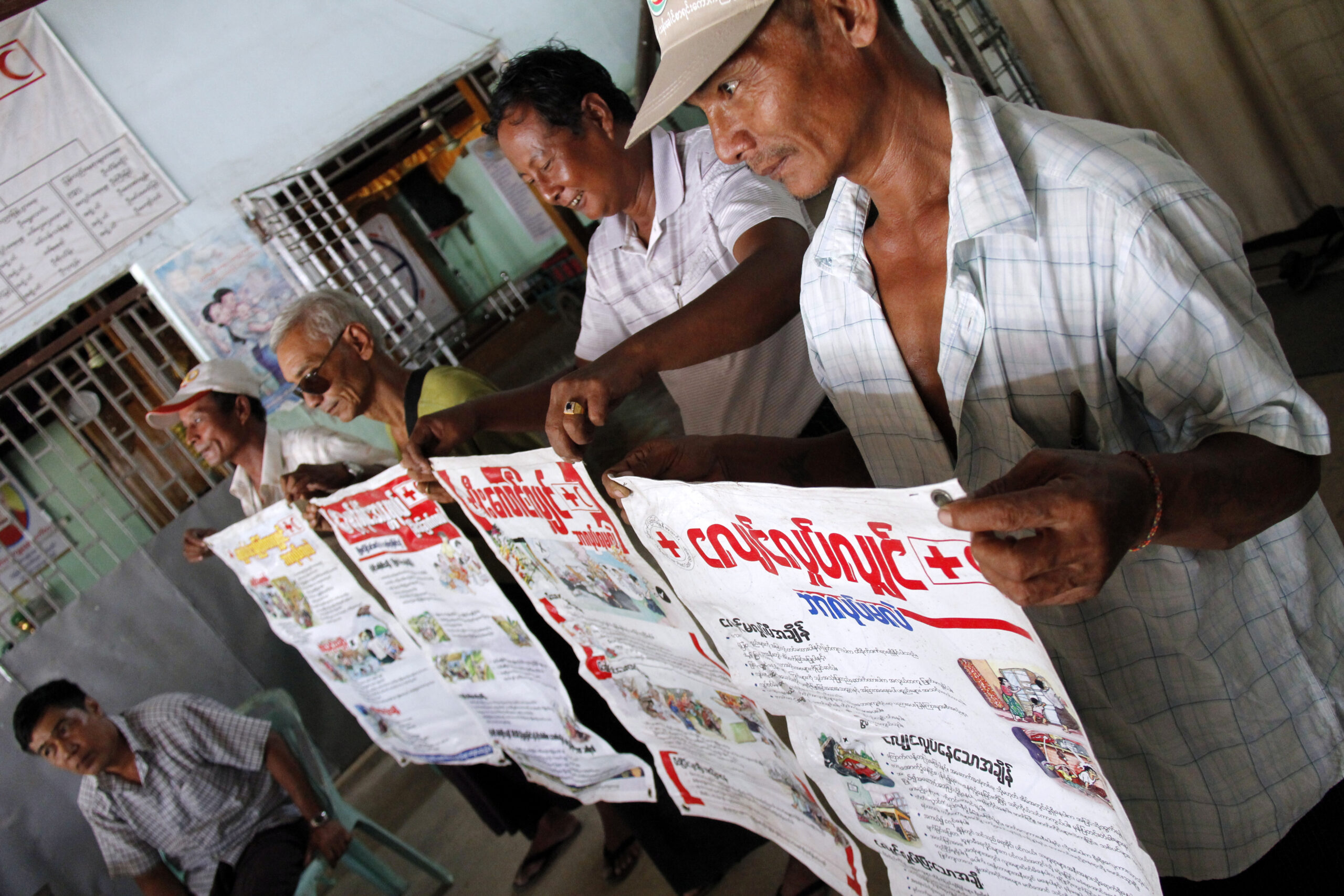Putting children and youth at the centre of disaster risk reduction and community resilience building

In 2024, the International Day for Disaster Risk Reduction, celebrated on the 13th of October, is focused on the theme of ‘Empowering the next generation for a resilient future’. Today we explore ways in which children and youth have been integrated into and prioritised in climate resilience actions carried out by Red Cross Red Crescent National Societies in Albania, Montenegro, Mexico and Spain as part of the Zurich Climate Resilience Alliance and the Urban Climate Resilience Program.
The impact of disasters on children and youth extends beyond the immediate aftermath of an extreme event. Hazards such as floods and heatwaves can have a disproportionate impact on young people as disasters can disrupt children's education, health, and development, with long-term effects on their well-being.
When integrated into Disaster Risk Reduction (DRR) and community resilience-building, youth often bring new ideas and perspectives, integrating technology and social media for more effective solutions. Children and youth also represent powerful drivers for change, often acting as replicators of knowledge and skills within their families; thereby strengthening social cohesion and community bonds.
Raising awareness of risk
Raising awareness of risk is a fundamental step in ensuring the local population understands the hazards they are exposed to and the actions to take to reduce their vulnerability. Working with children and youth ingrains risk awareness and a mindset of preparedness and resilience that can be carried throughout their lives.
At their core, these activities aim to convey key information about risk in dynamic and engaging ways to encourage learning and to initiate conversations about disaster preparedness. The Public Awareness Public Education (PAPE) resources, developed by IFRC and Save the Children, provide concise and actionable key messages that leveraged for raising awareness with all demographics, including children and youth.
Another key resource employed is the My Pillowcase methodology; a set of materials developed by the American Red Cross for working with children aged 8 to 11 to increase personal preparedness and safety knowledge and skills.
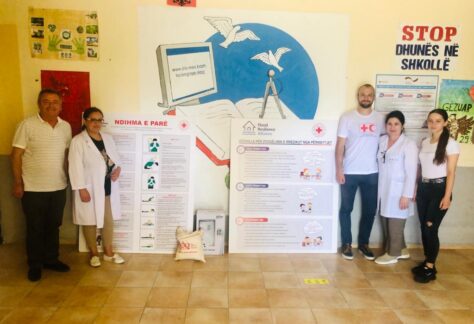
The Albanian Red Cross organised posters in a ‘resilience corner’ of local schools to share key information about flood risk in the area and to list the key actions to take before, during and after a flood.
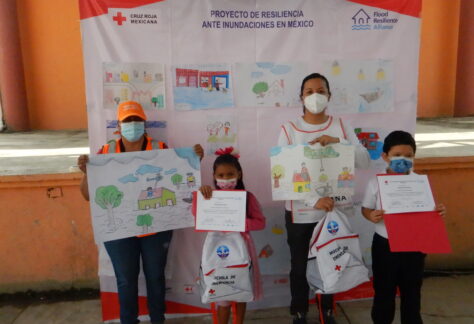
The Mexican Red Cross launched an art competition to encourage children and youth to draw their experience of floods, providing valuable insight into the unique perspective of children and youth during disasters.
First Aid training
First Aid training empowers communities to take immediate action at the local level before external help arrives, reducing the severity of injuries and potentially saving lives. By focusing on schools, students, teachers and parents can acquire knowledge and skills that help to protect and strengthen public health in day-to-day life as well as in critical disaster situations.
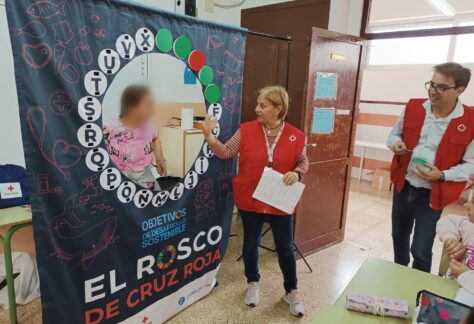
The Spanish Red Cross is currently working with schools in high-risk neighbourhoods to raise awareness of hazards and climate change and to empower children to know how to act to prevent and respond to accidents and emergencies. A sustainable approach is developed whereby the first cohort of children supports the implementation of the program with younger students in the following year.
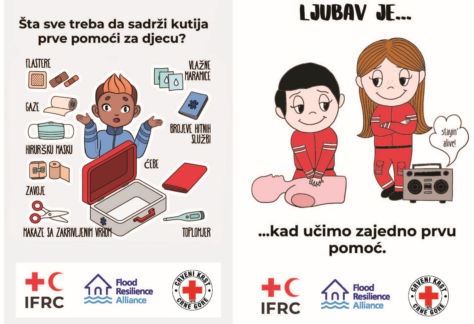
In addition to trainings, workshops and the delivery of First Aid kits, the Red Cross of Montenegro developed engaging awareness materials to share essential First Aid knowledge with children and youth, including characters, illustrations and comic-style stories.
Forming committees and developing plans
The formation of school DRR committees and the development of school-based DRR and emergency plans is another important approach for increasing capacities and strengthening organisation at the local level. Furthermore, these school-based groups can be trained, equipped and connected to other DRR actors. Likewise, school-based plans can be integrated into and aligned with community and wider disaster plans and protocols.
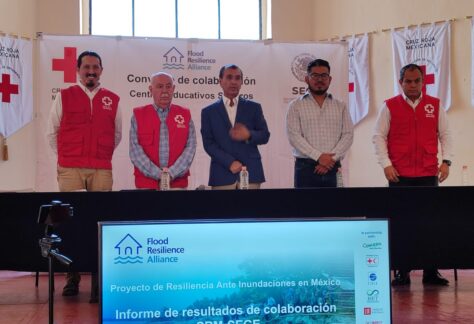
The Mexican Red Cross implemented their Safe Educational Centres methodology to support participatory risk identification and management in schools. In addition to directly implementing workshops with schools in rural communities, the program scaled up through the training of hundreds of teachers in urban contexts to replicate the steps for raising awareness of risk, developing school emergency plans, and establishing school emergency committees.
While it is essential that DRR planning and actions address the specific needs of children and youth, directly involving children and youth in these activities leverages the energy, enthusiasm and innovation of the younger generation, fosters intergenerational dialogue and collective responsibility, builds future leaders who will carry these lessons into adulthood and facilitates more inclusive, effective and sustainable solutions for a more resilient future.

